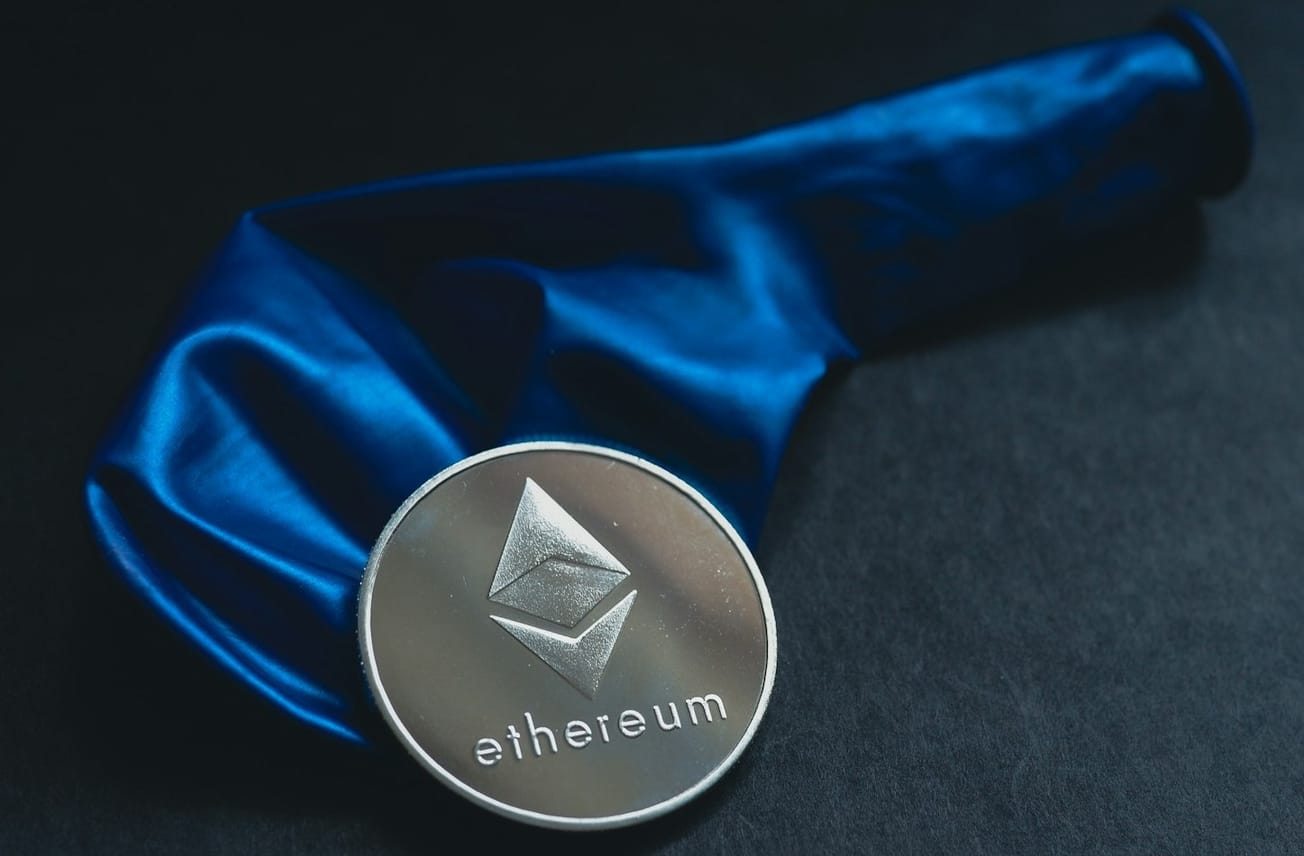On an All Core Developers Consensus Call in the week, Ethereum's Consensus Layer (CL) clients' teams addressed the upgrade's validation efforts before this week's rollout of the Shanghai Capella testnet (ACDC) (1).
The Ethereum development team has started experimenting with Maximum Extracted Value (MEV) Boost, an open-source middleware validator used to enter a competitive block-building market. Validators can purchase blocks from a pool of developers using the MEV-Boost.
Developed by the Flashbots research group as a version of the Prosperity Builder Separation (PBS) for the Ethereum network's underlying proof-of-stake blockchain.
Zheijang testnet and Devnet7, as well as the Shanghai update, are already operational. An Ethereum core engineer, Tim Beiko, wrote (2) a blog post detailing the activation dates and final client versions for the Shanghai and Sepolia testnets. As Beiko put it:
The Shanghai/Capella (a.k.a. Shapella) system update is set to be deployed on Sepolia after months of testing and a temporary devnet launch. This update after The Merge allows validators to move their stake from the Beacon Chain to the execution layer.
Ethereum Still Has a Far to Go
In a recent blog post, Danny Ryan, a researcher at the Ethereum Foundation and the network upgrade coordinator, stated that despite "The Merge" and the latest updates released on the network, Ethereum has a long path to go. According to what Ryan had to say:
Looking at Vitalik's roadmap document for even a short period will overwhelm you with the sheer length and complexity of the years (5, 10) that lie ahead until the protocol is considered complete.
As Ryan explains, the Ethereum project team must provide safe enough solutions for the customers and consumers of the Ethereum protocol to reach the "sufficient end state" for a functioning, secure, and decentralized blockchain.
Ryan envisions a difficult and lengthy roadmap ahead, with "urgent technological challenges" to fix on the network, despite Ethereum's strong start to the year regarding the growth and providing a safer ecosystem for clients.
As for Deneb, which follows the Shanghai-Capella upgrade for the protocol, the CL clients team has produced a new post for the impending upgrade, which covers topics like cryptography and additional test cases.
Since the Ethereum Virtual Machine can't read the data in "empty blob" transactions, Danny Ryan has acknowledged that continuing protocol development is working to eliminate the corresponding unnecessary code logic (EVM). After all, was said and done, Danny Ryan concluded:
In a nutshell, Ethereum is more secure now than ever before. Being a part of and watching the community construct the foundational infrastructure, the scaling layers, and the apex is awe-inspiring. Yet, substantial difficulties and substantial dangers remain.
Ethereum's price dropped 0.77% in the last 24 hours, bringing it down to $1,597. This makes it the second-largest cryptocurrency by market capitalization.

ETH has lost 5.5% during the past week but gained 1% over the past month, so it is holding steady around the highs it reached in January.









